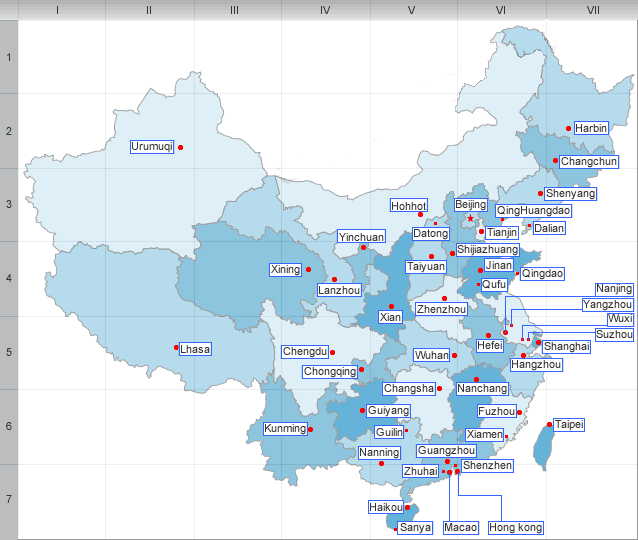Tourism of Liaoning
Tourism
Tourist destinations in Liaoning include:
The Mukden Palace was the palace of the Qing Dynasty emperors before they conquered the rest of China and moved their capital to Beijing. Though not as large nor as famous as its counterpart (the Forbidden City) in Beijing, the Mukden palace is significant for its representation of palace architecture at the time, and has recently been included on the UNESCO World Heritage Site as an extension of the Imperial Palace site in Beijing.
In addition, three imperial tombs dating from the Qing Dynasty are located in Liaoning. These tomb sites have been grouped with other Ming and Qing Dynasties tombs (such as the Ming Dynasty Tombs in Beijing, and the Ming Xiaoling Mausoleum in Nanjing) as a combined UNESCO World Heritage Site.
Wunu Mountain City, a Goguryeo site found in Huanren Manchu Autonomous County, is part of a combined UNESCO World Heritage Site that also includes sites in Ji’an, Jilin.
The city of Anshan boasts the Anshan Jade Buddha, the largest Buddha statue made of jade in the world.
Liaoyang, one of the oldest continuously-inhabited cities in northeast China, has a number of historical sites, including the White Pagoda (Baita) that dates to the Yuan Dynasty.
The port city of Dalian, located on the tip of the Liaodong Peninsula, is a tourist destination in its own right, with beaches, resorts, zoos, seafood, shopping, Russian- and Japanese-era architecture, and streetcars, a rare sight in China.
Dandong, on the border with North Korea, is a medium-sized city that offers a cross-river view of the North Korean city of Sinŭiju.
Bijia Mountain is a curious island which joins to the mainland at low tide by a land bridge.
| PREV:Economy of Liaoning | Next:History of Jiangxi |



